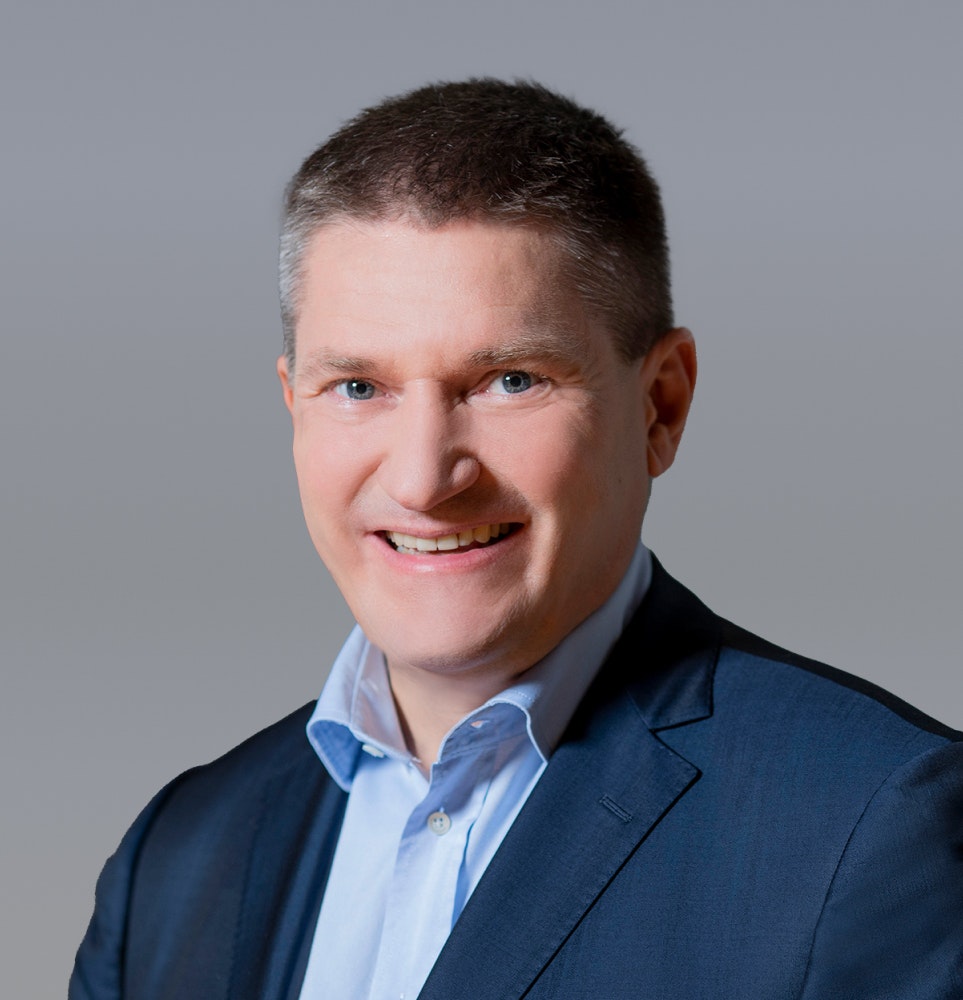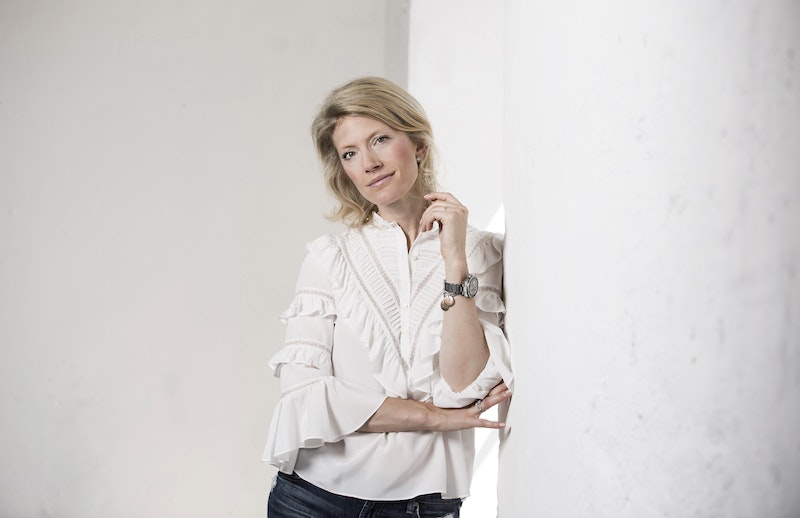Carried interest — also known as carry — is a critical element of venture capital (VC) funds, incentivising general partners and the wider investment team to hunt down the best deals and drive the success of portfolio companies. But how does it work? And when can VCs expect a payout?
What is carried interest in VC?
Carry is a performance-based fee that's paid to the general partners (GPs) — the people who manage a fund — and broader investment teams responsible for a VC fund.
Carry is typically paid out after the limited partners (LPs) — the people who put money into VC funds — have received a return on their investment. This is usually 1x their original investment increased by a hurdle rate, which is the minimum rate of return required on a project or investment, which can vary.
“Carry is a way to incentivise GPs to make investments that will generate high returns for the LPs,” Marcin Hejka, cofounder and general partner at OTB Ventures, tells Sifted. “Without carry, GPs would have less incentive to take risks and invest in early-stage companies, which are often the most volatile and have the potential to generate the highest returns.”

How does carry work?
Carry is structured as a performance fee — typically calculated as a percentage of a fund's profits after ensuring that all initial investments, operating expenses and preferred returns to LPs have been accounted for. It's a long-term incentive and isn't distributed until the fund starts creating positive returns from successful exits — this can take several years. Before any carried interest is paid out, the LPs in a fund must receive their invested capital and a preferred return.
The typical carry rate in the VC industry ranges between 20-30%, says Jeannette zu Fürstenberg, founding partner at La Famiglia. “This depends on the size of the partnership and the vintage of the fund, as it’s not the same policy for a first-time fund than for an older generation of an established practice,” adds Xavier Lazarus, managing partner at French VC Elaia. “Typically, senior VC partners have between 15% and 25% of the carry of the fund they manage.”

“Not all funds will generate solid returns,” caveats Hejka of OTB Ventures. “If a fund does not achieve its hurdle rate, the partners will not earn any carry.”
Here’s an example of how carry works. If a fund is €100m and the hurdle rate is 1.5x:
- There will need to be a return of more than €150m for there to be any carry.
- A return of less than €150m to the LPs will not trigger any carry.
- If the return on investment is more than €150m — for example €200m — a set percentage of the €50m remaining will be returned to the GPs and wider investment team as carried interest after all fees and operating expenses have been accounted for.
Carried interest is also taxed, but the rate of tax differs country to country. “It is usually taxed as capital gain,” says Lazarus. According to him, carry can often be taxed as a capital gain if it is distributed in a fund as a certain type of shares — the value of these shares are usually 0.25-1% of the fund size.
“There should be a risk on capital for it to be taxed as a capital gain,” he says, noting that this is typically not an issue as LPs also request GPs invest in the fund themselves to better align their interests.
Who gets carried interest?
Carry is typically distributed to the investment team of a VC fund, which includes both GPs and junior members.
“The LPs who contribute the capital to the VC fund do not receive carry; they are entitled only to their share of the fund's overall returns,” explains zu Fürstenberg.
👉 Read: Report shows female GPs receive less carried interest than their male peers
The percentage of carried interest an individual receives is contingent on the number of GPs involved. Typically, zu Fürstenberg says, GPs are allocated a collective 60-80% of the carried interest, leaving the remaining 20-40% to be distributed among the broader team.
“If the VC is owned or sponsored by a larger asset management or financial company, some carry also goes into the sponsor or owner’s pocket,” says Lazarus. “The main principle is still that the majority of carried interest should be in the hands of the team directly managing the fund.”
Terms you need to know — vesting and clawback
Vesting refers to the time period over which an employee earns the right to own shares of stock in a company. Vesting is typically granted over a period of time, and the employee will only be able to exercise their rights over the shares that have vested. So, if a VC team member is given carry shares and the fund makes a hefty profit, the value of those shares — and therefore the carried interest — won’t land in the investor’s pocket until the end of a multi-year vesting period.
👉 Read: How to hire a venture partner and how much to pay?
Vesting schedules are typically set to cover three to four years with a cliff — a period of time that must pass before any options can start to vest — after 12 months. So an example four-year schedule might look like this:
- 0-12 months = 0% vested
- 12 months = 25% vested
- 12-48 months = straight-line vesting — this mean a small amount is vested each day
- 48 months = 100% vested
This process ensures that the carry participants are committed to the fund's long-term success, and discourages them from pursuing short-term gains at the expense of long-term growth.
“If any carry beneficiary stops working for the VC before the fund’s end, and hence doesn’t respect her or his commitment, a vesting schedule will provide the number of the carry shares that she or he would have to give back to the management company,” Lazarus says. “These unvested carry shares will be used to incentivise the person(s) replacing the departing team member.”

Another common term you’ll likely come across is clawback, which acts as a safeguard for LPs.
“Clawback comes into play if a VC fund has previously distributed more carry to the GPs than they are eventually entitled to based on the final performance, especially hurdle rate, of the fund,” says zu Fürstenberg.
For example, if a VC was to invest €30m during the initial life of a fund and made a €20m profit on that money, and the carry was set at 20%, it would be allowed to take €4m. But, if it then invested the rest of the €20m and it failed to generate a profit at the end of the fund, the clawback provision means the €4m would need to be paid back and distributed among the LPs.


